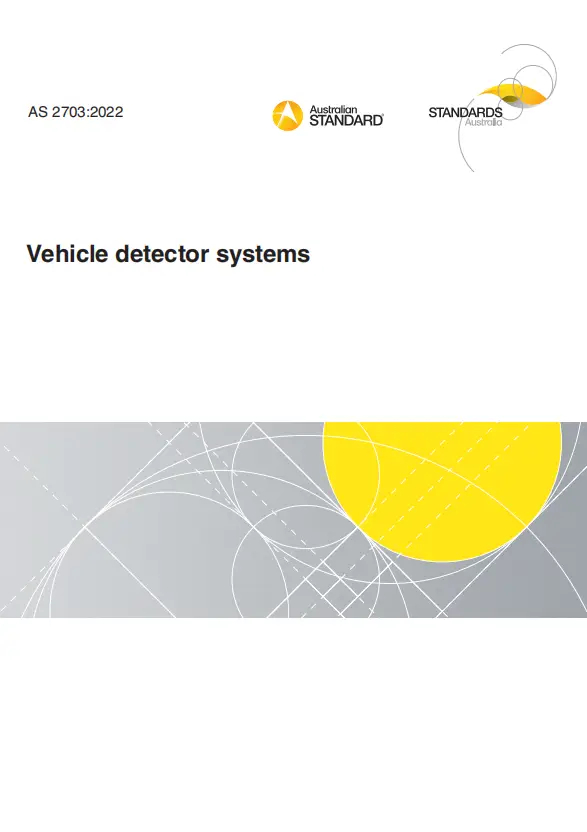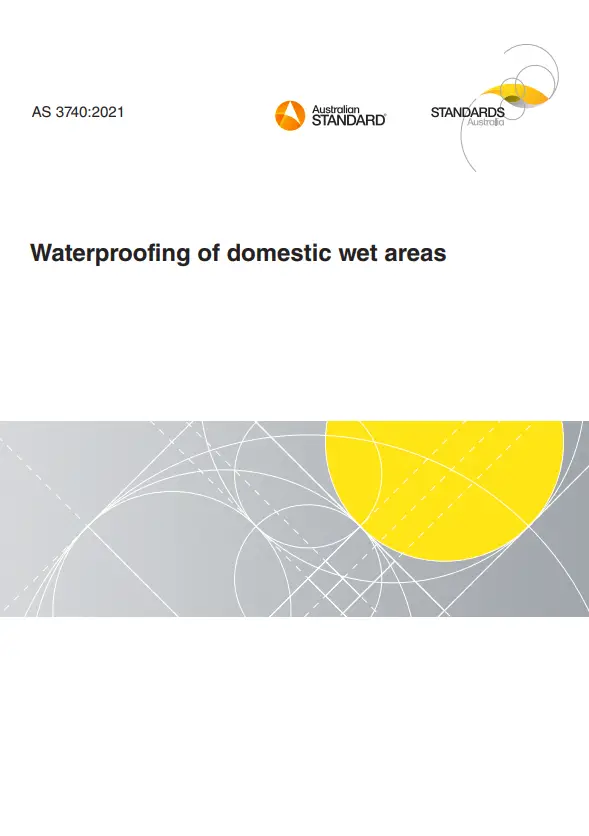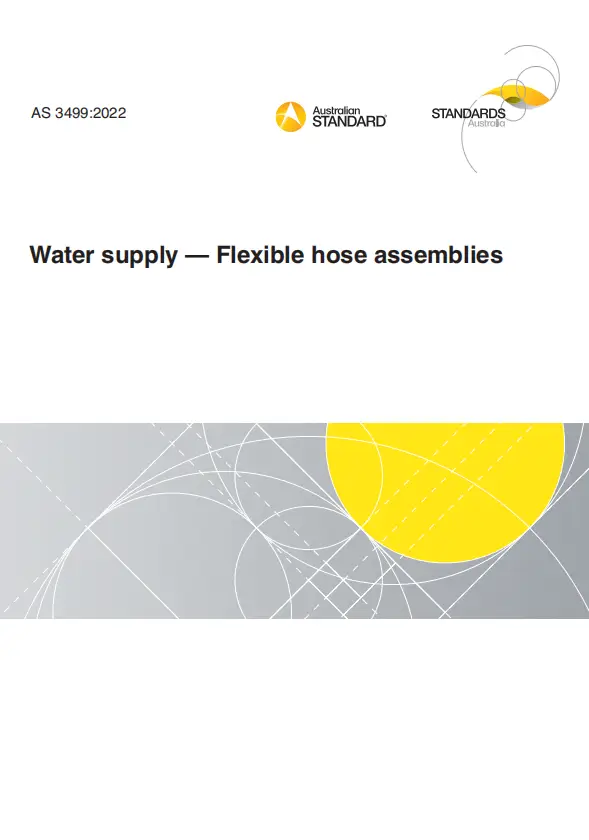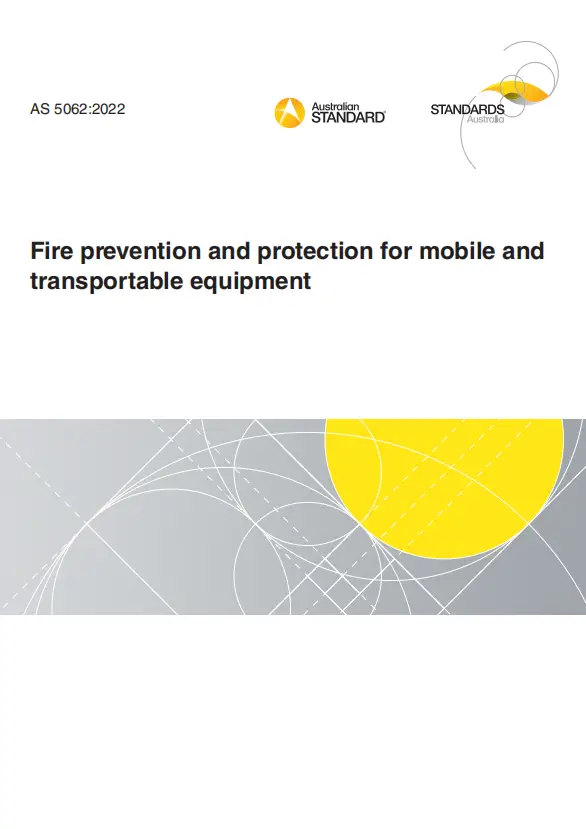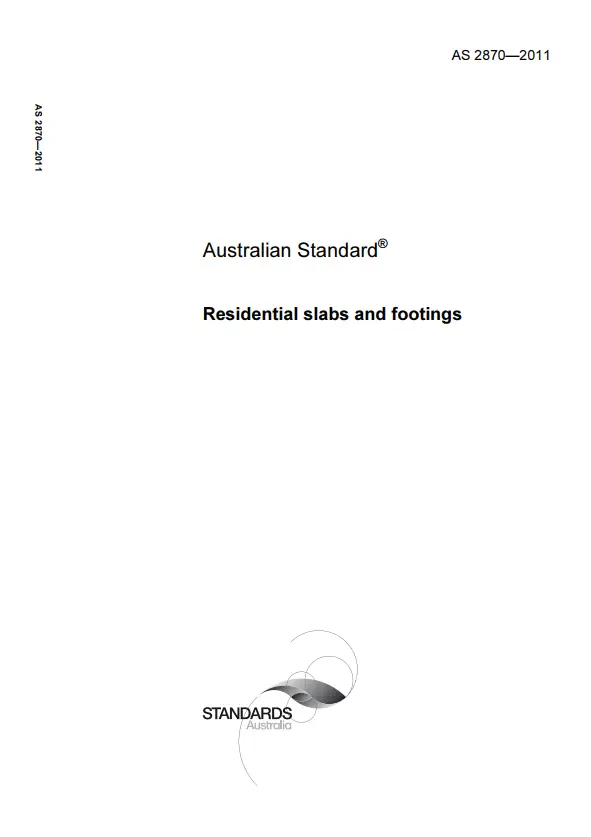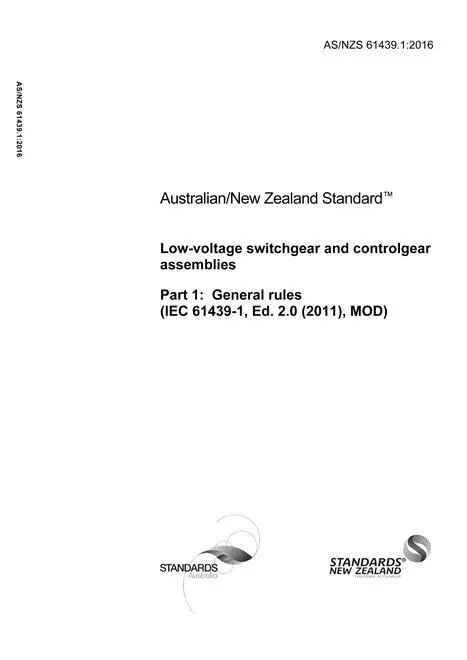Table of cotents
1 Scope and general
1.1 Scope
1.2 Normative references
1.3 Terms and definitions
2 Mechanical and physical requirements
2.1 Construction
2.2 Marking
3 Electrical requirements
3.1 Conforming to wiring standards
3.2 Operating voltage
3.2.1 General
3.2.2 Low voltage operation
3.2.3 Extra low voltage operation
3.3 Battery backup
3.4 Lightning protection
3.5 Solar power
3.6 Electromagnetic compatibility (EMC)
3.6.1 Immunity
3.6.2 Electromagnetic emissions
3.6.3 Wireless equipment
3.7 Reliability
4 Documentation requirements
5 Environmental requirements
5.1 Temperature and humidity
5.2 Enclosure protection
5.3 Wind loading
5.4 Vibration
5.5 Atmospheric conditions
6 Inductive loop detector sensor
6.1 General
6.2 Overall dimensions
6.2.1 Independent sensor units
6.2.2 Rack-mounted sensor units
6.3 Power supply
6.3.1 Independent sensor units
6.3.2 Rack-mounted sensor units
6.4 Protection
6.5 Indicator
6.6 Switches and adjustment facilities
6.6.1 General
6.6.2 Sensitivity control
6.6.3 Manual retune facility
6.7 Operational performance
6.7.1 Basis for specified performance
6.7.2 Inductance range
6.7.3 Minimum actuation
6.7.4 Maximum actuation
6.7.5 Sensitivity settings
6.7.6 Response time
6.7.7 Turn-off time
6.7.8 Recovery time
6.7.9 Presence time
6.7.9.1 Stationary vehicles
6.7.9.2 Slowly moving queue of vehicles
6.7.10 Paralysis time
6.7.11 Passage detector output
6.7.12 Output characteristics
6.7.12.1 Types of output
6.7.12.2 Relay output
6.7.12.3 Solid-state output
6.7.12.4 Automatic drift compensation (tracking)
6.7.13 Initial power-up or interruption to electricity supply
6.7.14 Recovery from positive inductance change
6.7.15 Failure mode
6.7.16 Susceptibility to interference
6.7.17 Interaction (crosstalk)
6.7.18 Leakage to earth
6.7.19 Operation with trams
7 Controller integrated detector modules
7.1 Overall dimensions
7.2 Power supply
7.3 System configuration
7.4 Functional requirements
7.4.1 General
7.4.2 Scanning of detector channels
7.4.3 Detector type
7.4.4 Configuration parameters
7.4.5 Channel control switches and indicators
7.4.6 Monitoring
7.4.7 Beeper
7.4.8 Retuning of detector channels
7.5 User interface
7.5.1 Display/alter configuration parameters
7.5.2 Display operating parameters
7.5.3 Retune detector channels
7.5.4 Specify detector channel for the beeper
7.5.5 Display electronic identity
7.6 Electronic identity
7.6.1 General
7.6.2 Text string data
7.6.2.1 Type or model number and hardware revision
7.6.2.2 Serial number
7.6.2.3 Firmware revision
7.6.3 Numerical data
7.6.3.1 Type or model number and hardware revision
7.6.3.2 Serial number
7.6.3.3 Firmware revision
7.7 Diagnostic port
8 Other detector technologies
8.1 Detection units
8.1.1 General
8.1.2 Operating voltage
8.1.3 Traffic signal operation
8.1.4 User interface
8.2 Interface module
8.2.1 Purpose
8.2.2 Overall dimensions
8.2.3 Power supply
8.2.4 System configuration
8.2.5 Functional requirements
8.2.5.1 General
8.2.5.2 Scanning of detector channels
8.2.5.3 Configuration parameters
8.2.5.4 Channel control switches and indicators
8.2.5.5 Monitoring
8.2.5.6 Beeper
8.2.6 User interface
8.2.6.1 Display operating parameters
8.2.6.2 Specify detector channel for the beeper
8.2.6.3 Display electronic identity
8.2.7 Electronic identity
8.2.7.1 General
8.2.7.2 Text string data
8.2.7.2.1 Type or model number and hardware revision
8.2.7.2.2 Serial number
8.2.7.2.3 Firmware revision
8.2.7.3 Numerical data
8.2.7.3.1 Type or model number and hardware revision
8.2.7.3.2 Serial number
8.2.7.3.3 Firmware revision
8.2.8 Diagnostic port
8.3 Operational performance
8.3.1 Basis for specified performance
8.3.2 Response time
8.3.3 Turn-off time
8.3.4 Recovery time
8.3.5 Presence time
8.3.5.1 Stationary vehicles
8.3.5.2 Slowly moving queue of vehicles
8.3.6 Passage detector output
8.3.7 Output characteristics
8.3.7.1 Types of output
8.3.7.2 Relay output
8.3.7.3 Solid-state output
8.3.8 Initial power-up or interruption to electricity supply
8.3.9 Failure mode
8.3.10 Susceptibility to interference
8.3.11 Operation with trams
Appendix A
A.1 Scope
A.2 Response times
A.3 Recovery time
A.4 Presence time
A.5 Paralysis time
Appendix B
B.1 Scope
B.2 Test apparatus
B.2.1 General arrangement
B.2.2 Variable frequency oscillator
B.2.3 Power supply
B.2.4 Vehicle loop simulator
B.2.5 Vehicle simulator
B.2.6 Second vehicle simulator
B.2.7 Interference source
B.2.8 Counters
B.2.9 Oscilloscope
B.2.10 Environmental chamber
B.3 Calibration and preconditioning
B.4 Test procedures and criteria
B.4.1 Testing of multi-channel detector sensors
B.4.2 Test for inductance range and normal operation
B.4.2.1 Object
B.4.2.2 Procedure
B.4.2.3 Criteria
B.4.3 Test for minimum and maximum actuation, response time and counting reliability
B.4.3.1 Object
B.4.3.2 Procedure
B.4.3.3 Criteria
B.4.4 Test for response time and turn-off time
B.4.4.1 Object
B.4.4.2 Procedure
B.4.4.3 Criteria
B.4.5 Test for presence time and/or paralysis times
B.4.5.1 Object
B.4.5.2 Procedure
B.4.5.3 Criteria
B.4.6 Test for supply failure and loop failure
B.4.6.1 Object
B.4.6.2 Procedure
B.4.7 Test for automatic drift compensation (tracking)
B.4.7.1 Object
B.4.7.2 Procedure
B.4.7.3 Criteria
B.4.8 Test for susceptibility to interference
B.4.8.1 Object
B.4.8.2 Procedure
B.4.8.3 Criteria
B.4.9 Test for interaction (crosstalk)
B.4.9.1 Object
B.4.9.2 Procedure
B.4.9.3 Criteria
B.4.10 Test for leakage to earth
B.4.10.1 Object
B.4.10.2 Procedure
B.4.10.3 Criteria
B.4.11 Test for variation in operating conditions
B.4.11.1 Object
B.4.11.2 Procedure
B.4.11.3 Criteria
Appendix C
C.1 Scope
C.2 Sensitivity test for passage detectors
C.3 Sensitivity test for presence detectors
Appendix D
Bibliography

